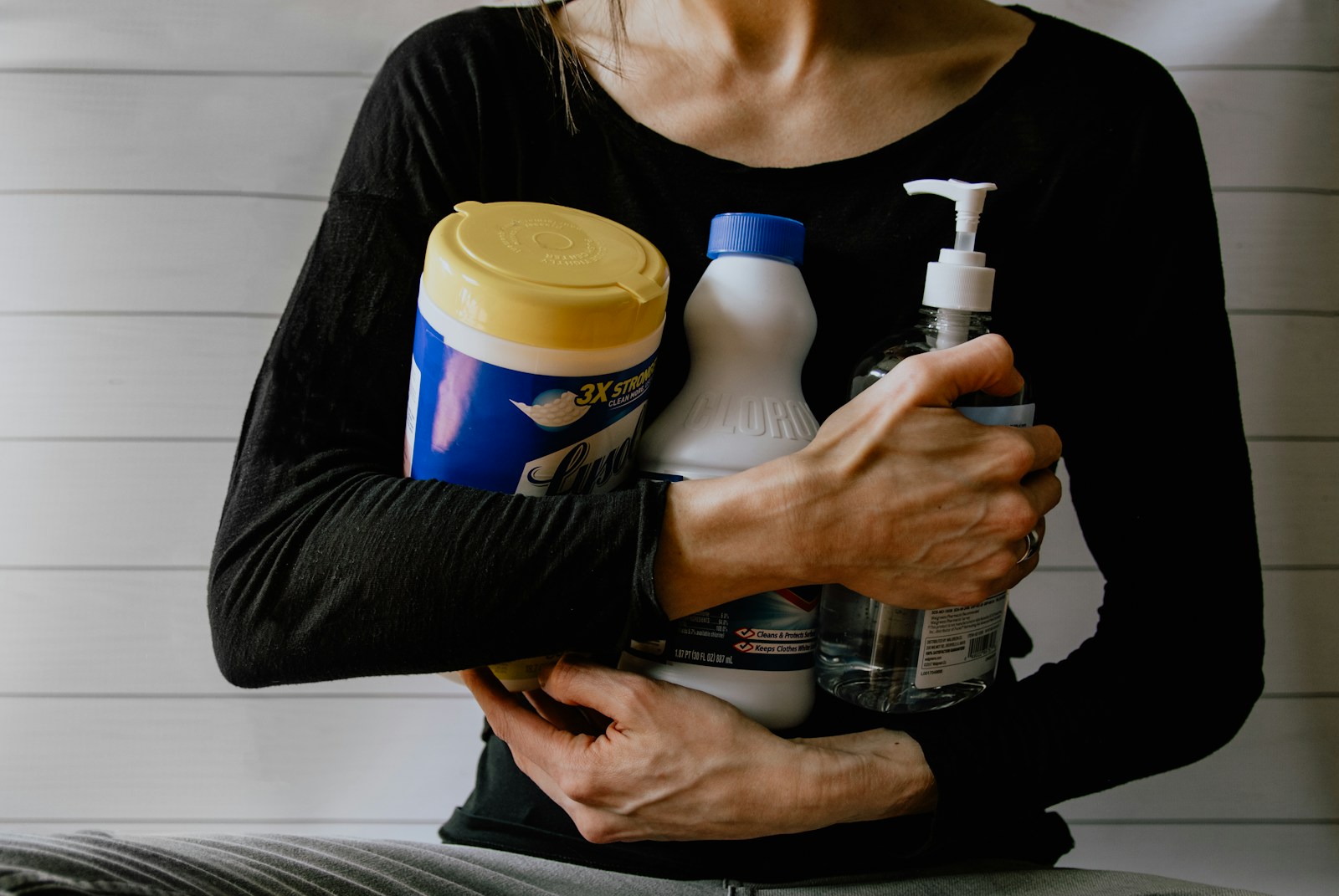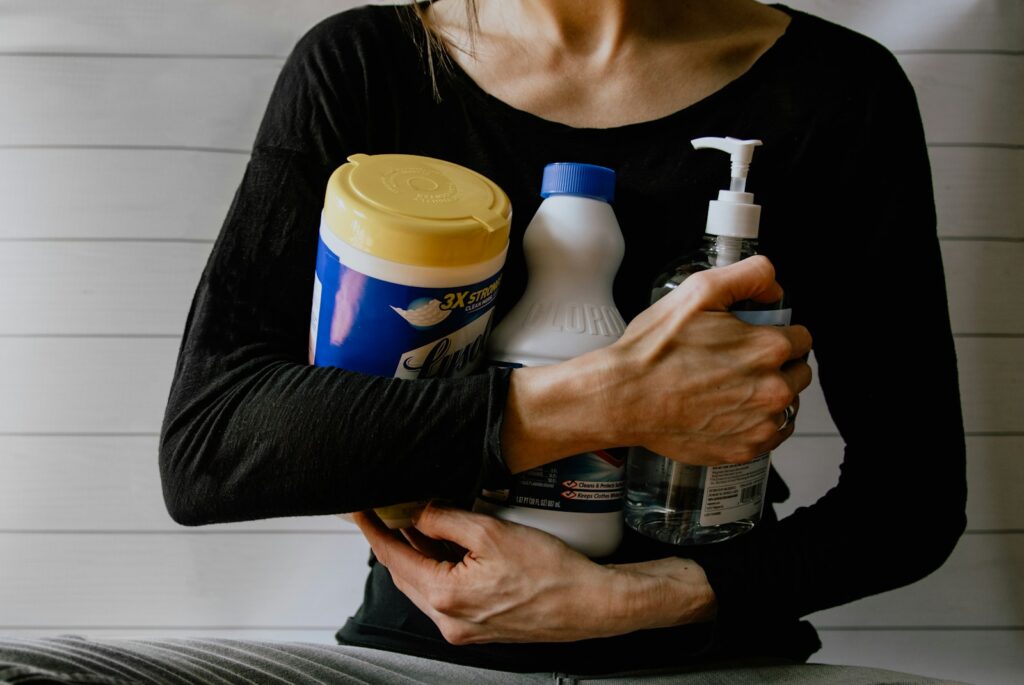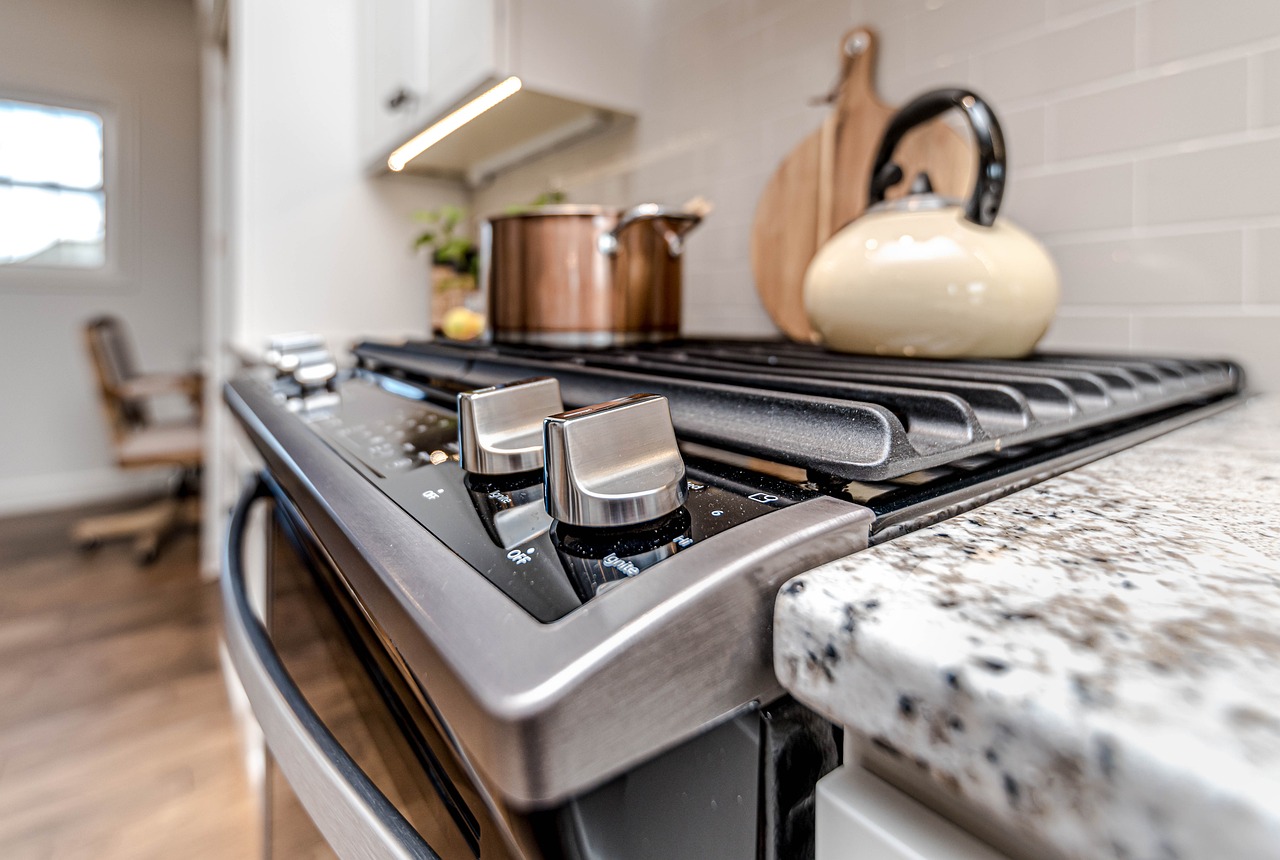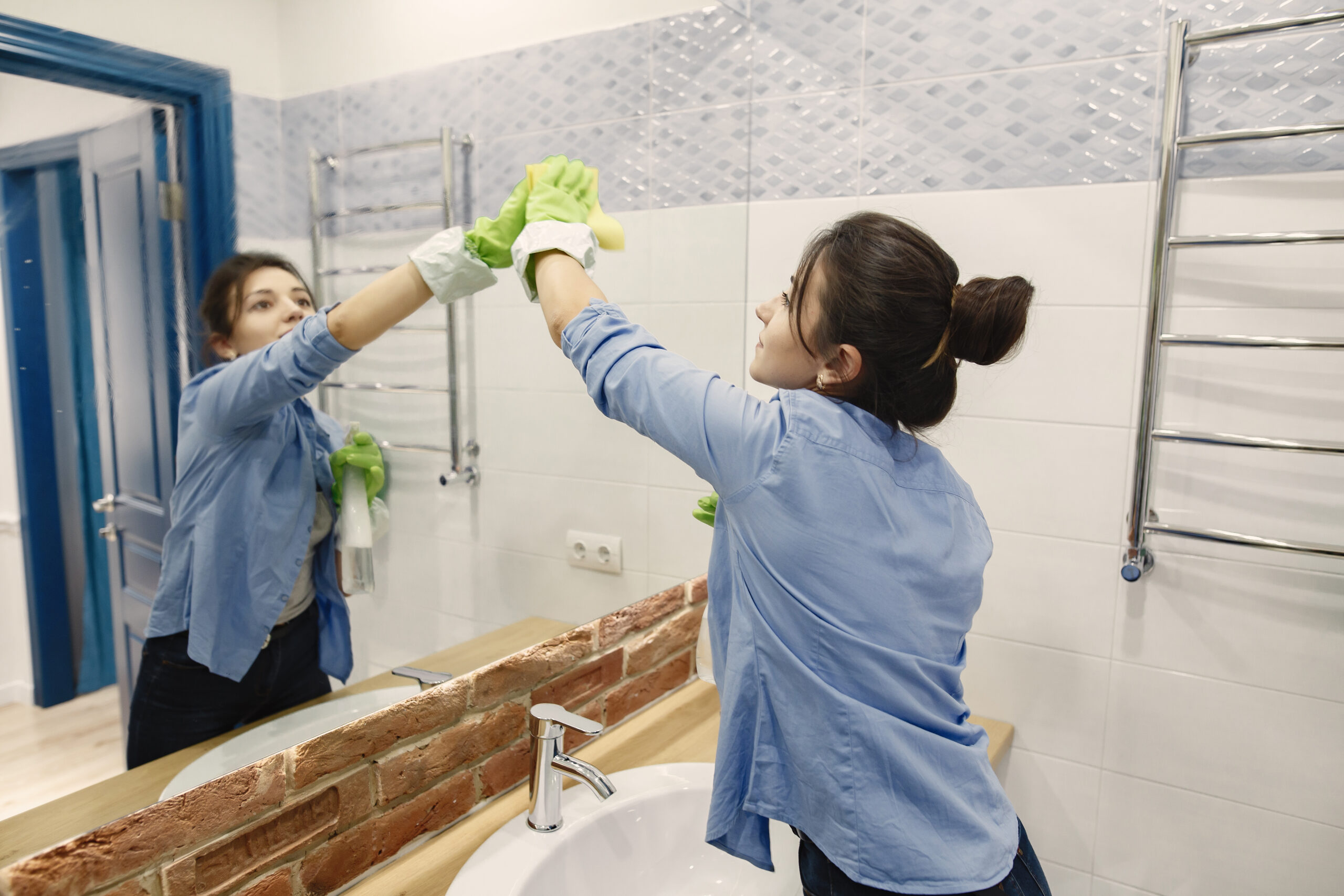To deep clean your oven effectively, it’s crucial to follow a systematic approach that ensures thorough removal of grease and grime. By employing simple yet efficient techniques, you can restore your oven to its pristine state without spending excessive time or effort. From utilizing natural cleaning agents to employing targeted cleaning methods, a deep-cleaned oven not only enhances the longevity of your appliance but also improves the taste of your dishes. So, let’s dive into the specifics of how you can achieve a spotless oven that’s ready for your next culinary masterpiece.
Main Points
- Gather cleaning supplies and remove oven racks.
- Apply baking soda paste, let sit overnight, then scrub.
- Use targeted methods for stubborn stains.
- Clean oven accessories separately.
- Maintain stovetop cleanliness regularly.
Preparation for Deep Cleaning

Prepare yourself for a thorough deep cleaning of your oven by gathering the necessary cleaning supplies and ensuring proper ventilation in the kitchen. Start by removing the oven racks for maintenance.
Soak them in warm water with dish soap or use baking soda paste for a deep clean. For grease removal, apply baking soda paste on greasy areas, let it sit overnight, then scrub with a wet sponge.
Don’t forget the oven door; wipe it down with a mixture of baking soda and water. If your oven has a self-cleaning feature, utilize it after manual cleaning.
These baking soda hacks will assist in achieving a sparkling oven interior, setting the stage for an efficient and effective cleaning process.
Cleaning the Oven Interior
For a thorough clean of your oven interior, start by considering the cleaning methods suitable for your specific oven type and the precautions necessary for a safe and effective cleaning process.
You can tackle various issues like grease build up, burnt residue, food splatters, baked-on residue, and grease stains efficiently by following these steps:
- Create a paste of baking soda and water to cover the affected areas.
- Let the paste sit overnight to break down tough residues.
- Scrub the interior with a wet sponge, focusing on stubborn spots.
- Wipe the oven clean with vinegar to remove any remaining grime.
Tackling Stubborn Stains
To effectively tackle stubborn stains on your oven, utilize targeted removal techniques for specific substances and follow a methodical approach for optimal results.
For grease buildup, create a paste of baking soda and water, letting it sit overnight before scrubbing.
Baked-on residue may require a mixture of vinegar and water, left to soak and then wiped clean.
Burnt spills can be tackled with a paste of baking soda and water, scrubbing gently to avoid damaging surfaces.
Oven racks can be soaked in a bathtub with dishwashing detergent, while the door gasket benefits from a gentle scrub with baking soda paste.
Cleaning Oven Accessories
Wash your oven’s exterior glass surfaces with warm, soapy water and a soft cloth to keep them clean and streak-free.
When it comes to cleaning oven accessories, follow these efficient steps:
- Rack maintenance: Soak oven racks in the bathtub with dishwashing detergent.
- Accessory care: Scrub racks with Bon Ami and a stiff brush.
- Oven grates: Explore methods for cleaning stovetop grates.
- Cleaning tools: Use an old towel to prevent tub scratching.
Stovetop Cleaning Techniques
Maintain a sparkling stovetop by adopting efficient cleaning techniques for your cooking area. To prevent stains, wipe down your stovetop after every use using a damp microfiber cloth or soapy sponge.
For quick cleaning hacks, consider using Method dish soap and Bon Ami for a thorough clean. Address grease with vinegar-baking soda mix for tough spots.
Follow a regular cleaning schedule to reduce the need for deep cleaning sessions. Remember to unplug the stove before cleaning for safety.
For maintenance tips, dry the stovetop after cleaning to avoid water spots. Implement these grease removal techniques to keep your stovetop shining and ready for your next culinary masterpiece.
Frequently Asked Questions
How Often Should I Deep Clean My Oven?
Clean your oven when grime builds up, using baking soda and vinegar for a natural solution. Scrub stubborn spots with a wet sponge. Opt for a deep clean every 3-6 months to maintain your oven’s efficiency.
Can I Use Lemon Juice for Oven Cleaning?
Yes, you can use lemon juice as a natural alternative for oven cleaning. Its acidity aids in grease removal. Combine it with baking soda and vinegar solution for extra scrubbing power. Experiment with various natural methods for effective cleaning.
Is It Safe to Use Steel Wool on Oven Racks?
When cleaning your oven racks, avoid steel wool and opt for gentler alternatives to prevent scratching. Use proper scrubbing techniques with Bon Ami and a stiff brush for maintenance. Prioritize safety, gloves, and proper ventilation.
Should I Remove the Oven Door for Cleaning?
You should remove the oven door for cleaning if you notice a lot of grease buildup on the glass window, door seal, hinge mechanism, or interior walls. Doing so will make deep cleaning easier and more effective.
Can I Use Bleach to Clean My Oven?
Hey, using bleach to clean your oven is risky due to hazards like fumes and chemical reactions. Opt for alternative cleaners. Ensure proper ventilation, wear gloves, and follow safety precautions. Avoid damaging your oven with abrasive materials.






